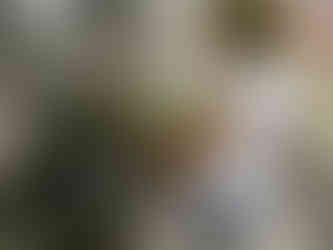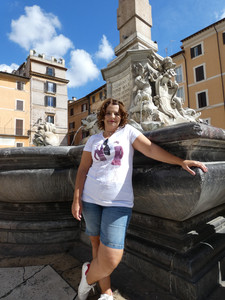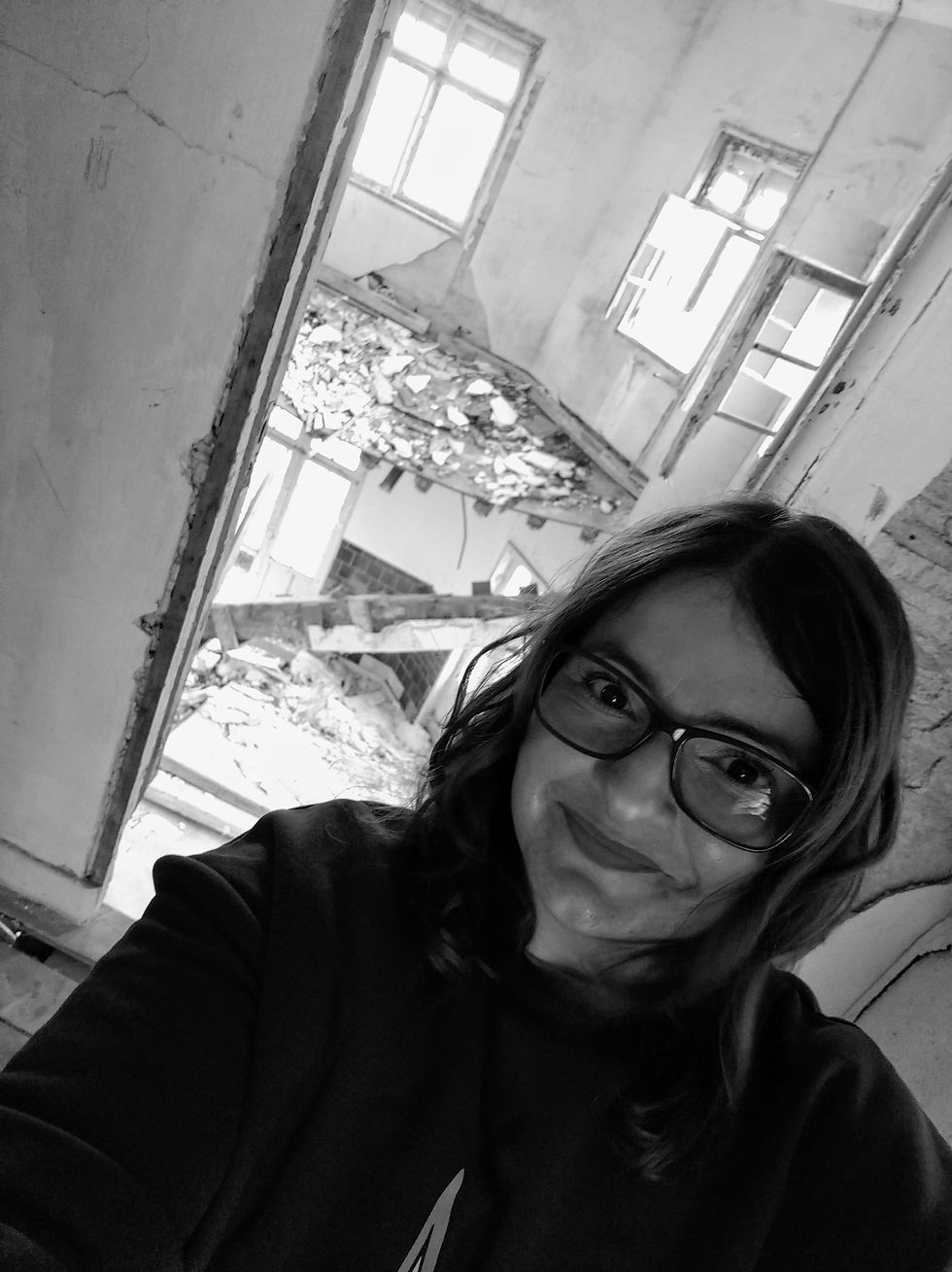Discovering Rome: last but not least
- soniamelodias

- Apr 9, 2019
- 7 min read
Here it is, the final post about Rome.
It´s immensely difficult for me to summarize our trips to these amazing cities, such as Rome, London, Paris will be next, because it´s almost as trying to catch the sun and put it in a box.
I find it mandatory to pay tribute to the geniality of men who have effectively left their mark in the History of Humanity through art, painting, sculpture, architecture, pure beauty. To be able to admire this kind of timeless allure is surely a privilege that must be shared with others.
To express through mere words the grandeur of these cities and these men, seems futile, so I hope the pictures and the contextualization helps.
In this post, I´ll mention a few places I consider relevant that weren´t included in the other posts about the city of Rome.
Campo de'Fiori
The Piazza Campo dei Fiori, which was once a field of flowers, and thus the name, was paved in 1456 under Pope Callistus III. Thanks to the prominent buildings surrounding the piazza, such as Palazzo Orsini, the Campo de’ Fiori became a very popular part of the city frequented by the most influential historical figures. Its popularity drew new businesses to the area, opening workshops, inns and taverns making this neighborhood one of the most prosperous of Rome. Moreover, Campo de’ Fiori was the location where a horse market took place twice a week. Public executions took place in this square, which is nowadays commemorated by the impressive statue of Giordano Bruno, in the center of the piazza. The Italian philosopher was burnt at the stake in 1600 for heresy. The monument was built in his honor in 1889.
Campo de’ Fiori is one of the main squares of Rome and is currently one of the most beloved parts of the city. Since 1869, every morning from Monday through Saturday it houses a market full of life and color that is well-known for its flowers, fruits and vegetables. After the sunsets, the area becomes one of the best meeting places in the city, thanks to its wide variety of restaurants, cocktail bars and terraces.
Castel Sant'Angelo
Castel Sant'Angelo is located near the Vatican City. It´s construction began in the year 135 under the direction of the Emperor Hadrian, who intended to use it as mausoleum for himself and his family. It was finished in the year 139 and a short time later, it became a military building, which in the year 403 would be integrated to the Aurelian Walls.
In the year 590, while a great epidemic of plague devastated the city, the Pope Gregory I had a vision of Saint Michael the Archangel on top of the castle, announcing the end of the epidemic. In memory of the apparition the building is crowned with a statue of an angel.
In the year 1277 an 800 meter fortified corridor was built that connected the castle with the Vatican City so that the Pope could escape in the event that he were in danger. During the sieges that occurred in Rome during 1527, the Pope Clement VII used the fortress as a refuge.
This building is currently used as a museum, the admission is quite expensive and not worth it, but you can admire the exterior statues that are absolutely gorgeous, for free!
In front of the castle stands Ponte Sant'Angelo, also known as Ponte Elio, because it was built thanks to the emperor Publio Elio Adriano, around the years 133 and 134 A.D.. At the time of the reform of this bridge, Bernini added ten statues of angels with the symbols of the Passion of Christ that are breathtaking. Two of them, sculpted directly by the artist, were considered so beautiful that they deserved to be protected, in an enclosed place. Currently, both are in the church of Sant'Andrea delle Fratte, on the outskirts of Piazza di Spagna.
In this bridge, just as in Pont des Arts, there are several padlocks with couples names, on the iron bars, that are meant to seal their union, but the padlocks are not as abundant as in Paris.
Largo di Torre Argentina
It was at Largo di Torre Argentina that I discovered my favorite place in Rome.
The Area Sacra was discovered between 1926 and 1930 during construction work on a building. The area was occupied by four temples built in the third century B.C., and by the Theater and Curia of Pompey, the place in which Julius Caesar was murdered.
Since the first excavations in the Area Sacra were carried out, hundreds of cats have decided to make the area their home. Nowadays it is very common to see them walking calmly, feeling protected among the ruins. Next to the iron gates that protect the zone, signs can be seen indicating that the cats are welcome and that they should not be mistreated.
Here you can find a Cat Sanctuary with hundreds of cats. Volunteers do an amazing job that allow all the cats to be sterilized and vaccinated. They also try to educate people, promote responsible adoption, try to collect funds for the project. You can watch the kittens walking freely and happily through the ruins acting just like emperors, for they are kings, sovereigns in an enchanted kingdom filled with elegance and majesty.
Campidoglio
Departing from Piazza Venezia and following the Via de S. Pietro in Carcere, we arrive at Piazza del Campidoglio, the first modern square to be designed in Rome.
The square came about because Charles V, Holy Roman Emperor, organized a visit to Rome in 1536. Pope Paul III was so dismayed by the state of the sodden Campidoglio that he commissioned Michelangelo to design a square. Michelangelo wanted the square to face Basilica di San Pietro, the political center of Rome, instead of the Foro Romanum. He also proposed the construction of another palace, Palazzo Nuovo, which would face Palazzo dei Conservatori. This palace, in its turn, would have a new facade. The Palazzo Senatorio’s front would also be redesigned so that all the buildings and the square would work harmoniously. The execution of the plans took so long that Michelangelo didn’t live to see his work completed. Nevertheless, his designs were followed meticulously and finished several centuries later.
An imposing bronze equestrian statue of Marcus Aurelius was erected in the center of the square. It is currently housed in the Palazzo dei Conservatori and in the square stands a replica of the Roman Emperor instead.
Piazza del Campidoglio is one of the most beautiful squares in Rome, attracting millions of visitors every year. Its popularity is also due to its proximity to the Musei Capitolini and the legendary sculpture of the Lupa Capitolina, situated between the Palazzo Senatorio and Palazzo Nuovo. The bronze she-wolf on top of the column is a replica. The original is housed in the Musei Capitolini.
Pantheon
The Pantheon of Agrippa, also known as the Roman Pantheon, is one of the architectural masterpieces of the Italian capital and the best preserved building from ancient Rome.
The construction of the current Pantheon was carried out during the reign of Hadrian, in the year 126 A.D.. The name of Agrippa comes from the place in which the current building is built, which was previously occupied by the Pantheon of Agrippa, built in the year 27 B.C and that was destroyed in a fire in the year 80 A.D.. At the beginning of the 7th century the building was donated to the Pope Boniface IV, who transformed it into a church.
The most surprising aspect of the architecture in the Pantheon is its measurements: the circular building has exactly the same diameter as its height: 43.5 meters. The dome, which has the same diameter, is bigger than that of St. Peter's Basilica. At its top, a 9 meter diameter opening allows natural light to illuminate the entire building. The light emanating from the dome's central window is quite mesmerizing and we can not take our eyes off it. This dome is still today the second largest unenforced cement dome in the world and it is totally amazing to be underneath it and look up into the sky.
The rectangular facade that hides the enormous dome is comprised of 16 granite columns which are each 14 meters in height, on which the following inscription can be seen: "M.AGRIPPA.L.F.COS.TERTIVM.FECIT", which means "Marcus Agrippa, son of Lucius, built this temple when he was a Consul."
In the interior of the Pantheon you can visit the tombs of numerous Italian kings and other people who influenced the course of the History of the Humanity, like the one of Vitor Emanuel II, also called the Father of the Homeland, that unified the Italic Peninsula and a multitude of art works. The best-known person who can be found buried in the Pantheon is without doubt the painter and Renaissance architect Raphael.
The outskirts of the Pantheon are usually full of people at all hours, either photographing the imposing building or having a traditional supper in some of the terraces of the Piazza della Rotonda while they enjoy the shows put on by different street artists.
Teatro di Marcello
Teatro di Marcello, erected in Campo Marzio ( an area that was once reserved for art shows in ancient Rome ) is normally considered a kind of "miniature Coliseum", but a good observer will notice that there are significant differences between them:
it was built over 80 years after its masterful "rival";
it has a semi-circular structure, while that of the Colosseum is round, typical of an amphitheater.
It was the Emperor Caio Julius Caesar who ordered its construction, but because he was brutally murdered, he did not witness the completion of the works of his theater, which were carried forward by his successor, Augustus. The name of the theater is a tribute of Augustus to the nephew Marco Claudio Marcello, son of its sister Ottavia and died prematurely. It opened officially in 13 BC, and was able to receive up to 15 thousand spectators.
The building still functioned in the fourth century and later, in the Middle Ages, was transformed into a fortified residence. Around 1600, the estate passed into the hands of the noble Orsini family, who thanks to a series of reforms guaranteed the building a prestigious aura during the Renaissance. Thus was born the famous Palazzo Orsini.



































































































Comments